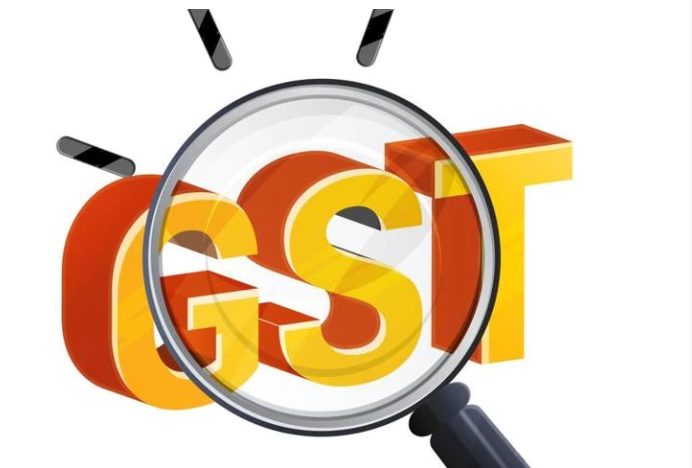Modi Budget@10: GST crosses several hurdles, time for pole vault with merger of slabs
After achieving many milestones including the introduction of e-invoicing, e-way bills, tax scrutiny for compliances, and improving capacities with technology, the next phase of the GST needs to be a high jump with the merger of tax slabs and bringing petrol, diesel and electricity under it. Since the midnight introduction of the Goods and Services Tax (GST) on July 1, 2017, in a majestic ceremony in the Central Hall of Parliament, slowly but steadily the new indirect tax regime has crossed the hurdle race and is now ready for a pole vault.
After hitting many milestones including the introduction of e-invoicing, e-way bills, tax scrutiny for compliances, and improving capacities with technology, the next phase of the GST needs to be a high jump with the merger of tax slabs and bringing petrol, diesel and electricity under the tax regime. As a relatively new tax regime, GST has been riding with many laurels on its back. From 65 lakh registered taxpayers in the initial phase, the figure has now surged to 1.4 crore, a noteworthy over 100 percent increase over the last six years. From around Rs 0.9 lakh crore monthly revenue in the first year of GST in 2017-18, the average collection till November 2023 stood at Rs 1.66 lakh crore.
With the initial streamlining completed, is it now the time to address the most challenging questions under the GST regime and stabilise the new indirect taxation as the most successful one? Several key indicators delineate the narrative of GST's evolution over the past six years: “The Model GST law has played a pivotal role in facilitating this transformation by harmonising all procedures, rules, forms, and case laws nationwide. This synchronisation has not only simplified tax compliance but has also increased transparency and accountability into the taxation process,” Rajat Mohan, Senior Partner, AMRG & Associates, told Moneycontrol.
A part of the transformation has been the rationalisation of tax rates. During the initial stages of GST implementation, more than 200 goods were categorised in the 28 percent tax bracket, which has now been reduced to just eight items. Additionally, tax rates for various goods and services have been reduced. For instance, the GST on restaurant services was lowered from 18 percent to 5 percent.
“Streamlining of return filing has also been a great achievement. Initially, the provision included three monthly returns – for sales, purchases, and a composite return – along with an annual return. Responding to business concerns about the compliance burden associated with 37 returns per year, the GST Council eliminated the purchase return requirement. Consequently, businesses are now mandated to file only two returns: GSTR1 for sales and GSTR 3B, a composite return,” Mohan said.
The industry believes that the time is ripe for the next phase of GST through forward looking reforms. These include easing of working capital for businesses, expanding the GST net to cover all sectors and rationalisation of certain provisions.





